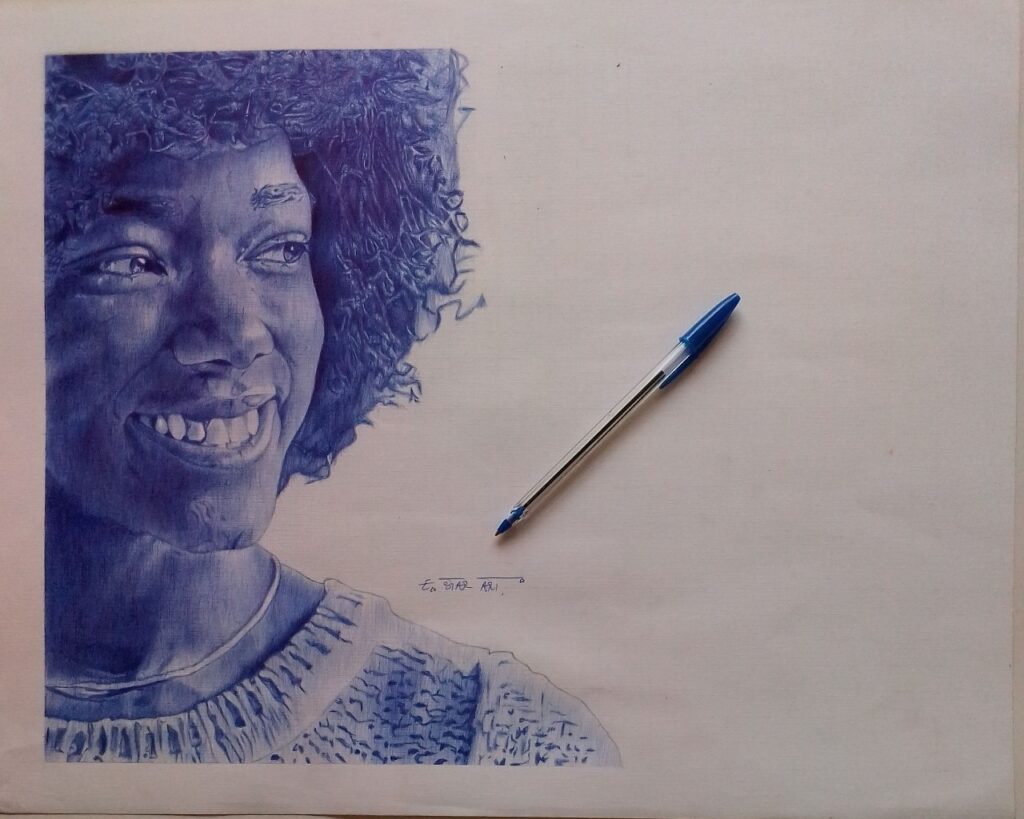Pride and Prejudice is the epitome of the enemies-to-lovers trope wrapped in a slow-burn romance, beloved by readers for centuries. In fact, even Jane Austen herself described the novel as “my own darling child.” It’s easy to swoon over the fierce chemistry between the two main leads, but Austen’s novel is chock-full of other protagonist-worthy characters who barely make a dent in the original story.
Take Mary Bennet, for instance. Plain, awkward, and decidedly not rich, with four stunning beauties as sisters and a nagging marriage-obsessed mother, poor Mary seemed to always conveniently blend into the background of any conversation, with that being her sole object in any social outing. In fact, in the original novel she’s only given seven spoken lines in total!
But the self-professed “dull and unremarkable” Mary is to be struck by Cupid’s arrow in Nancy Lawrence’s Mary and the Captain, a feel-good satisfactory novel brimming with unlikely romance, unexpected redemption, and, of course, unfavorable first impressions.
It’s two weeks until Christmas and Mary Bennet is desperate for some peace and quiet–far away from her contriving, gossipy mother who, regrettably, had not been relieved of her fixation to see all her daughters wedded. A nice family reunion at Netherfield with Jane and Bingley seems just the ticket, but Bingley’s cunning sister Caroline throws a wrench into Mary’s plans. Caroline’s brother Robert is smitten with her dear friend Helena Paget (a beauty and lady and heiress, oh my!), and what better way to bring the two together than have them settled in Netherfield for Christmas under her watchful eye?
Captain Robert Bingley comes to Netherfield intent on courting and wooing the lovely Helena, but nothing is to go as planned. There’s an old adage among the enlightened that warns against rooming with one’s best friend for fear of revealing a whole new and potentially unfavorable side of them, and that applies too to staying with the subject of one’s infatuation in close quarters, as Robert finds out soon enough.
As Miss Paget’s true and decidedly less attractive personality masks her outward beauty, Robert becomes more intrigued by shy, awkward Mary Bennet. His evolving perception of Mary mirrors that of the reader, as Lawrence’s firm steering of events and the plot allows the reader to gradually gain a much more favorable impression of Mary than Austen’s meager rendering in the original. Though romance is indeed a significant and appealing motif of Lawrence’s composition, Mary’s personal character development is the true melody that sings out, as always intended.
Mary Bennet had always been more of a self-effacing introvert: “She had never mastered the art of carrying off such social niceties. She would stutter and stumble, or–even worse–sit in strangled silence, unable to conjure up a viable thought to add to a conversation.” And when presented beside her sisters– elegant Jane, witty Elizabeth, enthusiastic Kitty, and lively Lydia–compounded by “being the only plain one in the family,” it’s easy to see why Mary doesn’t offer many agreeable first impressions.
In the original novel, Mary unknowingly embarrasses her family with a poor pianoforte performance at a ball, and demonstrates an inability to read-the-room with her solemn words of “comfort” for Elizabeth regarding her sister Lydia’s elopement: “Unhappy as the event must be for Lydia, we may draw from it this useful lesson…”
Interestingly, Austen attributes these moments of social slip-ups to Mary’s “pedantic air and conceited manner,” strikingly similar to Elizabeth originally chalking Darcy’s actions to his pride. But while Darcy’s pride and other failings were eventually forgiven,
with Austen awarding him a happy ending, Mary seemed to be condemned to a loveless life for posterity as “the only daughter who remained at home.”
In today’s literary world, however, the very components of Mary’s situation that undermined her in Austen’s novel–minor character, misunderstood, hazy resolution–gives her the greatest potential to be her own heroine. Nowadays, introverts like Mary are met with more compassion and curiosity than scorn and rebuffs, elevating them from mere character foils to proper protagonists.
Her awkwardness, which, in Pride and Prejudice, had been a subject of subtle mockery, becomes a means of relatability with the reader. Sure, she does bust out a pedantic line or two from the admittedly mundane Sermons for Young Ladies, Volume One when feeling particularly desperate, but her efforts and attempts to be more socially aware gives her an unwaveringly sincere voice that is not at all conceited and instead endears her shy, bookish nature to the reader.
Mary may be a clumsy conversationalist perturbed by strangers and prone to stowing away in the library to avoid them, but she proves she’s more than willing to leap out of her comfort zone when help is needed. And all the reading she’s done has made her an intelligent young woman, whose wits and excellent memory quickly become of great value further into the story. As for Mary’s connection to her piano, Lawrence provides the instrument with stronger symbolic value, turning it into a cathartic outlet for when things go wrong.
As much as Mary’s journey to find her own voice was engrossing, Lawrence may have bitten off more than she could chew by wedging in a secondary redemption arc for Caroline Bingley, the master manipulator herself. Though Caroline certainly had the potential to become an absorbing heroine, Lawrence resorts to the now popular “Disney villain” treatment of a tragic backstory that attempts to make up for all the character’s past offenses. Caroline’s blossoming romance with a kind vicar is also peppered sporadically throughout the story and is admittingly sweet, but its overall ambiguity and vague resolution makes it fall flat satisfaction-wise.
Nonetheless, fans of Austen’s Pride and Prejudice will no doubt find Lawrence’s infatuated lovers just as compelling as Elizabeth and Darcy, who unfortunately don’t make a direct appearance in the novel but play an important role nevertheless. However, while Elizabeth and Darcy’s clear chemistry despite, or rather, because of, their contrasting personalities designated them as one of literature’s most popular “ships,” Mary and Robert’s romance is absorbing not because they seemed destined to be together, but because they appeared not.
Their love flickers with the raw, tender passion of patience and trust, burning slowly and steadily to a satisfying ending where our “Mary, Mary, quite contrary” will finally, finally, get the man she deserves.
Hetian (Carol) Xu is a rising senior at Amador Valley High School in California. She serves as the editor-in-chief of the award winning school newspaper, Amador Valley Today, and has been recognized by the Scholastic Writing Competition and Goi Peace Foundation for her writing. In her spare time, she enjoys snacking on brownies, watching Korean dramas, and lounging around with a splendid book.

